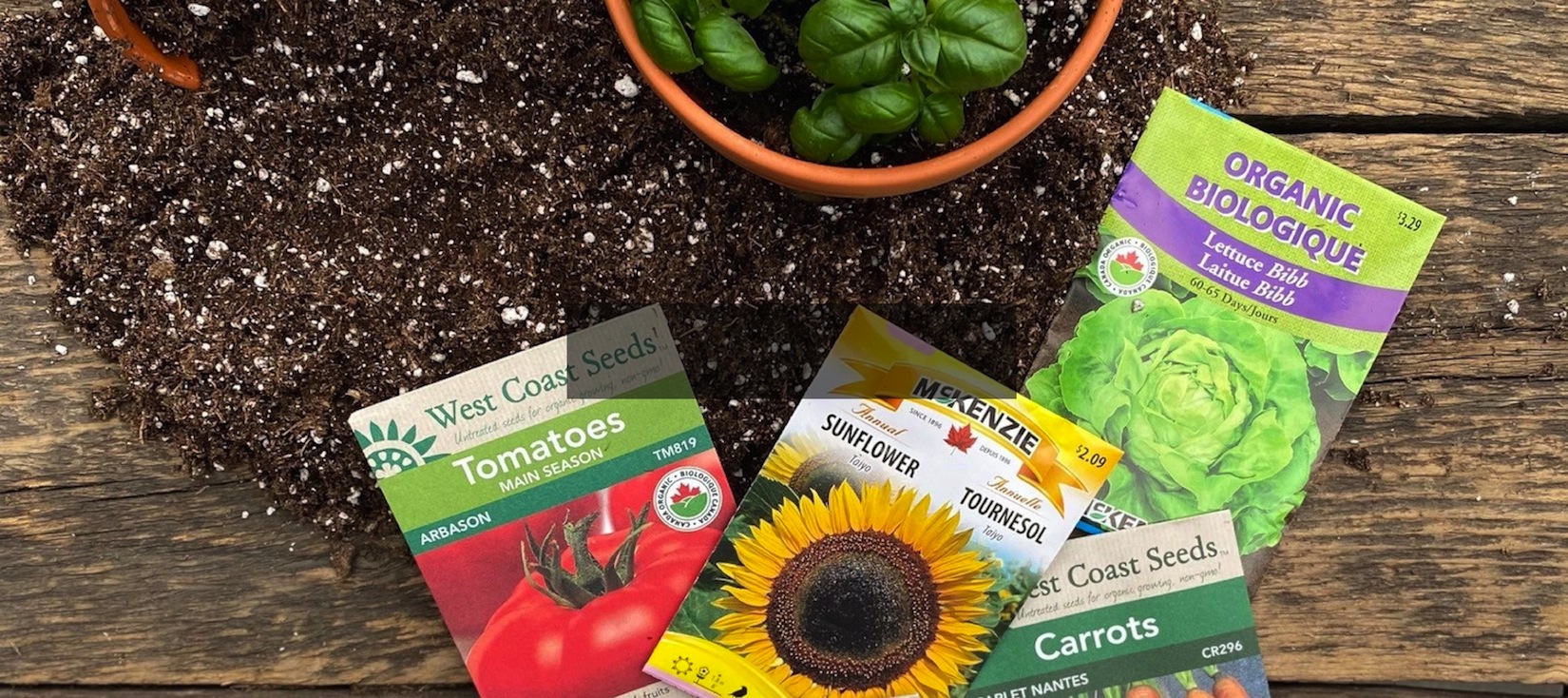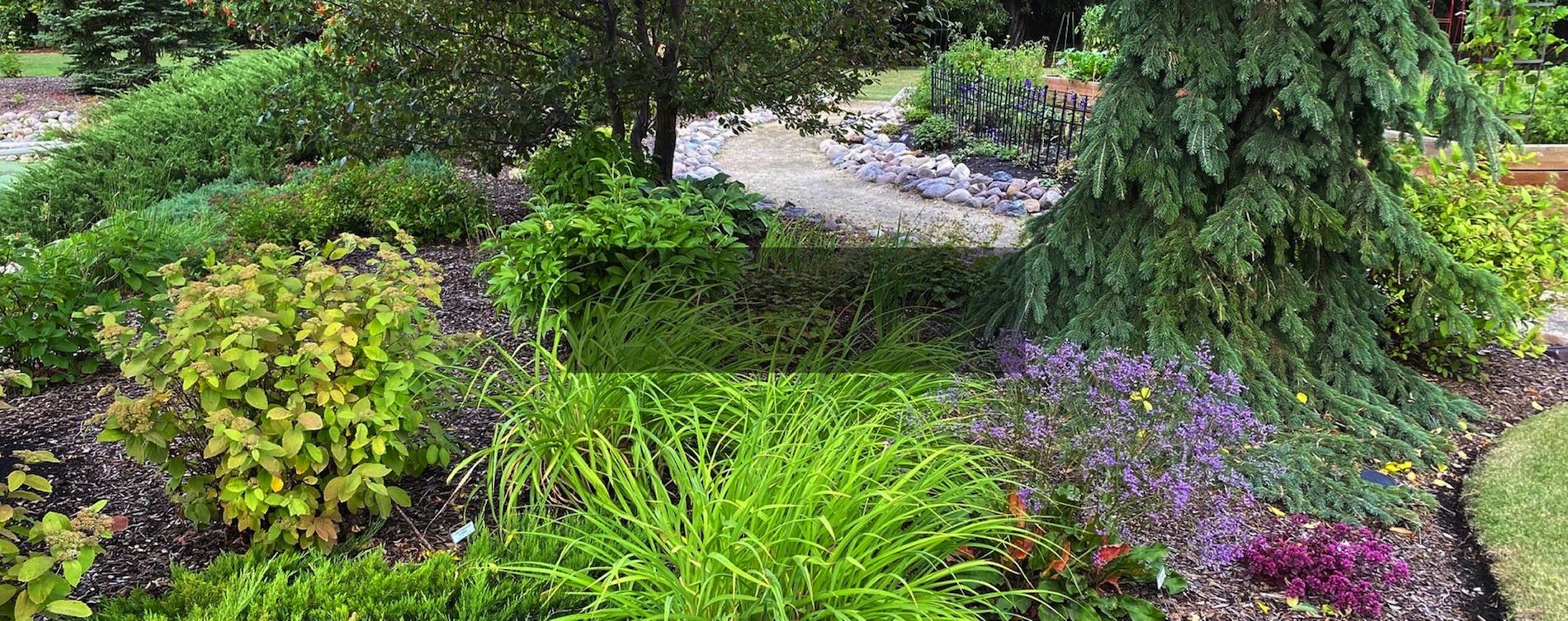Common Vegetable Diseases


Powdery Mildew
- Most commonly found on peas and cucurbits (squash, melons, cucumbers).
- Caused by high humidity, shady locations, crowded planting. susceptible plants.
- Apply preventative applications of sulphur based fungicides PRIOR to seeing mildew.

Blossom End Rot
- Blossom end rot effects tomatoes, peppers, squash, zucchini and watermelons.
- Begins as a water-soaked spot near the blossom end of the fruit. spreads and turns dark brown and cracks. by inconsistent watering; create a rigid schedule! Water in am at same time, water in pm at same time.
- Mulch plants to conserve moisture.
- Can also be caused occasionally by calcium deficiency; incorporate bone meal or high calcium granular tomato food into soil when planting.

Early Blight of Tomatoes
- A common fungal disease that causes spots on tomato foliage.
- Typically affects older leaves closest to the ground and then moves upwards causing newer growth to die, eventually affecting the whole plant.
- Avoid wetting the foliage when watering, remove lower leaves.
- Do not compost plants as the spores overwinter.

Late Blight
- Attacks all the above ground parts of the tomato.
- Most often occurs during consistently cool, rainy weather.
- Spores spread by wind.

Potato Scab
- Tan/dark brown scabs on tubers. Is only aesthetic—tubers are edible!
- Most severe in warm, quick drying soils, and at a high pH soil range (alkaline).
- Plant certified stock. Rotate potato crops every 3-4 years.
- Ensure consistent moisture as tubers are forming
- Ammend soil with sulphur or Aluminum Sulphate (to lower soil pH).





